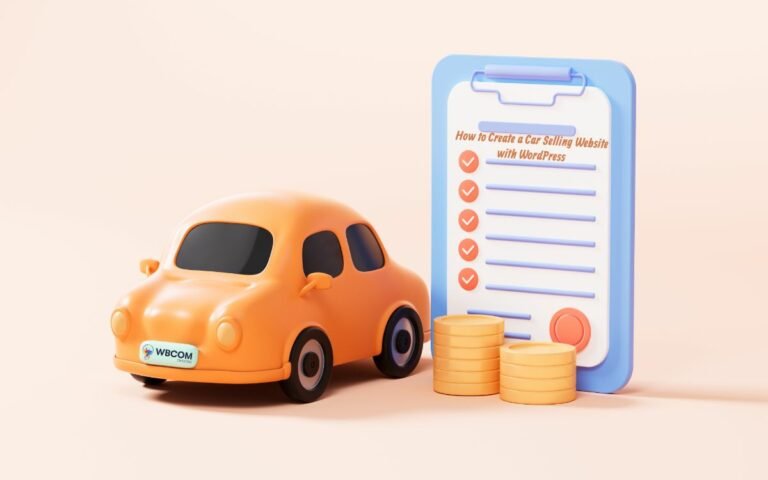User experience (UX) is crucial for the success of any app. With over 5 million apps in major app stores like the Apple App Store and Google Play Store, standing out from the crowd and delighting users is no easy feat. Companies pour tremendous resources into designing and developing their apps to drive adoption, engagement, and loyalty.
However, many apps need to gain traction. A study by Adjust found that over 20% of apps are only opened once after being installed, and around 25% of users abandon an app after just one use. First impressions and onboarding matter. Users decide very quickly whether an app provides value and meets their needs. If an app confuses, frustrates, or bores users, they will uninstall it and move on to the next option.
This highlights the importance of elevating the user experience. Apps with intuitive interfaces, seamless performance, and thoughtful designs have the best shot at succeeding in a crowded marketplace. By applying UX best practices across an app’s lifecycle, a dedicated development team company can delight users rather than disappoint them. This leads to satisfied, engaged user bases that drive growth.
Table of Contents
ToggleKnow Your Audience
Understanding who your users are and what they want to accomplish is the foundation of creating a great app experience. Conduct user research to identify your target demographic and their needs. Create user personas that capture details like age, location, tech-savviness, goals, pain points, and more. This will help guide design and development decisions.
Observe how potential users currently accomplish tasks your app aims to facilitate. Identify opportunities to simplify or improve their workflows. Conduct user tests on prototypes to reveal usability issues and collect feedback early. Even after launch, gather analytics on how users interact with your app to keep learning about your users. Let their behavior shape ongoing iterations. Design the experience to meet user needs rather than fit users into your predetermined solution.

Focus on Simplicity
When designing and developing apps, it’s essential to focus on simplicity in the user experience. Avoiding feature bloat and prioritizing only the most essential features creates a streamlined experience that is intuitive and easy to use.
Some tips for focusing on simplicity:
- Carefully evaluate each feature and remove anything that isn’t absolutely necessary. Every new feature adds complexity. Ask yourself: Does this add real value for the user?
- Strive for clarity in the interface design. Use clean layouts, ample white space, and simple interfaces without clutter.
- Make options and menus minimal. Too many buttons, tabs, and options create cognitive overload.
- Use progressive disclosure to reveal advanced options only as needed. Refrain from overwhelming users upfront.
- Group related features into clear categories to simplify navigation.
- Use consistent designs and intuitive flows throughout the app. Refrain from reinventing the wheel with each new screen.
- Write concise copy explaining the app’s functionality without adding noise.
Keeping the user experience focused and streamlined improves usability and accessibility for all users. Avoiding feature bloat takes discipline but results in apps that are intuitive and easy to use.
Also Read: 14 Best WordPress Search Plugins | Improve Your Website Search
Make it Intuitive
An intuitive user interface is crucial for a positive app experience. The design should guide users through the app in a logical, natural way.
- Structure the information architecture and navigation to align with how users think. Organize features and content in an order that makes sense.
- Use clear and descriptive labels so users know what each item or action will do before selecting it. Avoid ambiguous or generic terms.
- Design consistent experiences across the app. Elements should look and function the same throughout. This builds familiarity.
- Consider progressive disclosure to avoid overloading users upfront. Reveal features when needed rather than all at once.
- Include smart defaults that anticipate what users likely want to do. Don’t force them to make unnecessary choices.
- Offer visible signifiers like icons and cues to help users know where they are and how to interact.
- Minimize the need for hunting and searching. Make important actions and information easy to find.
- Streamline forms and limit data entry. Only ask for essential info and pre-populate what you can.
- Provide feedback on actions so users understand results. This could be loading indicators, confirmation messages, etc.
By making the app intuitive, you guide users seamlessly through workflows and minimize confusion, leading to higher engagement and satisfaction. Test with real users early and often to identify areas for improvement. Based on the findings, iteratively refine the information architecture and UX.
Also Read: Unlocking the Future of Design: Discovering the Magic of Generative Design
Ensure Accessibility
Creating an accessible app opens it up to a broader audience and improves usability for everyone. Around 15% of the world’s population lives with some form of disability, so building accessibility is crucial.
Here are some tips for making your app accessible:
- Add alt text to describe images for users with visual impairments.
- Ensure elements have sufficient color contrast for those with low vision. The WCAG 2.0 guidelines recommend at least a 4.5:1 contrast ratio.
- Allow text size to be increased without breaking the layout.
- Support screen readers by adding ARIA labels and roles to interface elements.
- Provide captions and transcripts for audio content.
- Ensure interface elements are keyboard and screen reader accessible, not just mouse accessible.
- Avoid relying solely on color to convey meaning.
- Animate transitions slowly so vestibular disorder sufferers aren’t disoriented.
- Design a logical tab order so keyboard users can navigate easily.
- Offer flexibility in authentication methods beyond CAPTCHA, which disadvantages users with disabilities.
Taking the time to ensure your app is accessible leads to a better experience for all users. Conduct accessibility testing early and often to identify any issues. An inclusive app can be used effectively by a diverse audience.
Testing and Iteration
A crucial part of app development is rigorous testing and iteration based on user feedback. Apps should go through extensive alpha and beta testing before launch.
Alpha testing is done internally with a small group of testers looking for bugs and issues. Beta testing expands the test group to real users to gather feedback.
Developers need to incorporate user feedback throughout the entire process. App design should be an iterative process that evolves based on usage data and user input.
Focus groups, surveys, reviews, and analytics can provide invaluable insights into problems and pain points. Design choices that test poorly with users should be reworked based on suggestions.
Iterative design and development results in a better user experience. Apps should not be static but continuously improve as user needs change. Regular testing and updating prevent apps from becoming outdated and buggy.
The best apps listen to their users and respond with fixes, enhancements, and new features. User-centered design through ongoing iteration is critical to elevating the user experience.
Interesting Reads:
Mastering Instagram SEO: Boost Your Visibility and Engagement
10 Best AI Social Media Scheduling Tools In 2024
Webflow vs. HubSpot: A Comprehensive Comparison for Your Business








